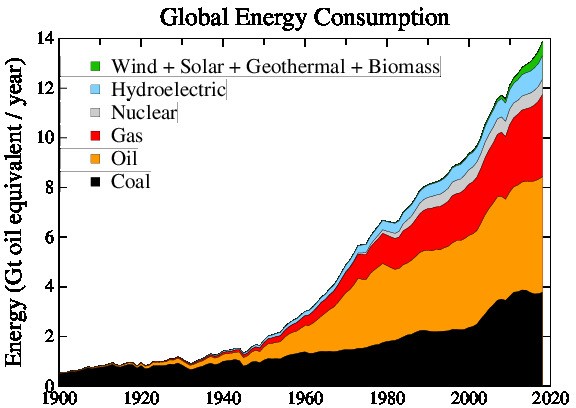<ACCESS OUR CLIMATE SCIENCE WEB PAGE FOR ALL DATA & FIGURES>
Our aim is to help people understand global climate change — and how the factors that drive climate are changing.
We start with climate diagnostics — people are usually most interested in climate change itself. But cause-and-effect analysis requires also data on climate forcings (which drive climate change) and feedbacks (which amplify or diminish climate change).
We update graphs of "Storms of My Grandchildren." Yet the greatest insight about processes discussed in "Storms" is often provided by other quantities, for example, the rate of ice sheet disintegration. We include some data from other scientists or their web sites, as indicated.
Continual updating of data curves, whether global temperature, the Greenland ice sheet mass, the sun's brightness, Keeling's carbon dioxide record, or other more obscure quantities, is a most interesting aspect of science. Sometimes data curves follow an expected path, sometimes not, but we usually learn something. As Richard Feynman said, there is a pleasure of finding things out.
That pleasure is now mixed with concern. Humans are altering the measured curves. But whether climate change will be moderate — something humans and most species can adjust to — or whether climate change accelerates and spins out of control, with devastating consequences for future generations — that depends.
Future climate depends on how climate forcings change — human-made greenhouse gases, especially carbon dioxide, and forcings that are not yet well measured, especially aerosols. The speed and degree of climate change also will depend upon how fast amplifying feedbacks, such as Arctic sea ice, the large ice sheets, and methane hydrates come into play.
FEATURED FIGURES

Data source: BP Statistical Review of World Energy (2019)
To learn more, read “Assessing “Dangerous Climate Change”: Required Reduction of Carbon Emissions to Protect Young People, Future Generations and Nature.”
More limited global records yield a similar picture (please see figure 14 in the paper). Economic progress and wealth generation were further spurred in the twentieth century by expansion into liquid and gaseous fossil fuels, oil and gas being transported and burned more readily than coal. Only in the latter part of the twentieth century did it become clear that long-lived combustion products from fossil fuels posed a global climate threat.

Data source: NASA GISS temperature analysis with GHCN v4 and ERSST v5
1968 to 2018 annual-mean global surface temperature change based on the local linear trends. To learn more, read our paper “Global Surface Temperature Change.”
Data source: National Interagency Fire Center for 1960-2018 and for 2019.
To learn more, visit Dr. Makiko Sato’s wildfires page here.
